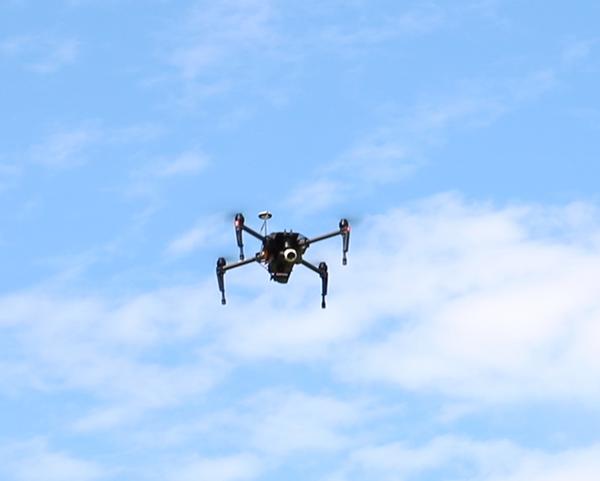
What to Watch For: Strawberry Clippers Active in Central North Carolina
This year, we’ve begun a project to determine the frequency and significance of strawberry clipper damage in annual plasticulture …



El inglés es el idioma de control de esta página. En la medida en que haya algún conflicto entre la traducción al inglés y la traducción, el inglés prevalece.
Al hacer clic en el enlace de traducción se activa un servicio de traducción gratuito para convertir la página al español. Al igual que con cualquier traducción por Internet, la conversión no es sensible al contexto y puede que no traduzca el texto en su significado original. NC State Extension no garantiza la exactitud del texto traducido. Por favor, tenga en cuenta que algunas aplicaciones y/o servicios pueden no funcionar como se espera cuando se traducen.
Inglês é o idioma de controle desta página. Na medida que haja algum conflito entre o texto original em Inglês e a tradução, o Inglês prevalece.
Ao clicar no link de tradução, um serviço gratuito de tradução será ativado para converter a página para o Português. Como em qualquer tradução pela internet, a conversão não é sensivel ao contexto e pode não ocorrer a tradução para o significado orginal. O serviço de Extensão da Carolina do Norte (NC State Extension) não garante a exatidão do texto traduzido. Por favor, observe que algumas funções ou serviços podem não funcionar como esperado após a tradução.
English is the controlling language of this page. To the extent there is any conflict between the English text and the translation, English controls.
Clicking on the translation link activates a free translation service to convert the page to Spanish. As with any Internet translation, the conversion is not context-sensitive and may not translate the text to its original meaning. NC State Extension does not guarantee the accuracy of the translated text. Please note that some applications and/or services may not function as expected when translated.
Collapse ▲
This year, we’ve begun a project to determine the frequency and significance of strawberry clipper damage in annual plasticulture …

This afternoon, I’m heading to Duplin County to visit a group of muscadine grape growers and to talk about …

We wrote last fall about our surprise in finding, Chaetosiphon minor, in garden strawberries near our lab. Our continuing investigations …

Answer: Another year, another survey, and the findings remain less than encouraging. It seems counter-intuitive that we don’t have a …

Thanks to those who contacted us! We have identified our 10 monitoring sites in NC for 2014. This spring, we …

The website for brown marmorated stink bug research in NC has been moved and updated! A summary of current …
While it is still cool outside, February is the time of year when North Carolina strawberry growers should begin …

Answer: Probably not, but it’s interesting that it is found in bees at all Honey bees are hosts to more …

As strawberry growers deal with cold winter weather, many are applying row covers (also called remay) to prevent injury …

The Southern Region Small Fruit Consortium (SRSFC) 2014 Caneberry IPM Guide is now available. This annaully updated guide contains information on insect, weed, …

The Southern Region Small Fruit Consortium (SRSFC) 2014 Strawberry IPM Guide is now available. This annaully updated guide contains information …

Since its detection in North Carolina in 2010, Drosophila suzukii, commonly referred to as spotted wing drosophila (SWD), has become …

Several years ago, I posted information on NC Small Fruit & Specialty Crop IPM blog about the many “boring” …

This is the second in short series of posts on blueberry pollination. A diverse group of bees pollinate blueberries in North …

Bees are essential for blueberry pollination in addition to many other crops, and since 2009, we have conducted research …

Last week, I examined a patch of strawberries in a garden just outside our lab in Raleigh, NC. I …
Over the last few days, I have received several questions about spotted wing drosophila (SWD) management. The most common …

This factsheet discusses symptoms and control of several leaf diseases common in North Carolina blueberry …

NC State conducted a strawberry Neopestalotiopsis (Neo-P) trial at the Horticultural Crops Research Station in …

This publication discusses flying unmanned aerial vehicles (drones, model aircraft) for commercial purposes. You'll learn …

This publication reviews research between the late 2000s and the 2020s to explore trends shaped …

This article will cover two important scale insect pests of blueberries in North Carolina, terrapin …
Much success in growing tomatoes can be attributed to use of a few proven techniques. …
This publication discusses growing and harvesting head lettuce, the most important salad vegetable grown in …

This guide presents basic facts about seeds, including how they develop, how to store and …